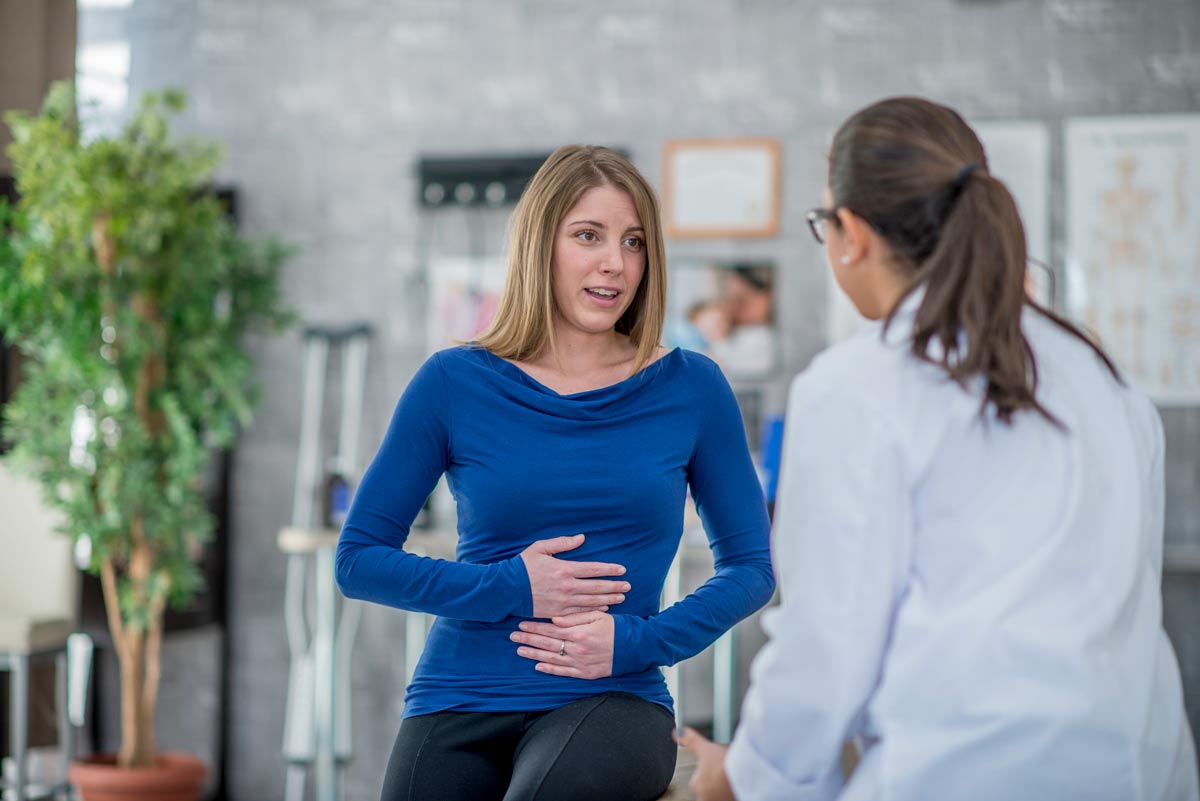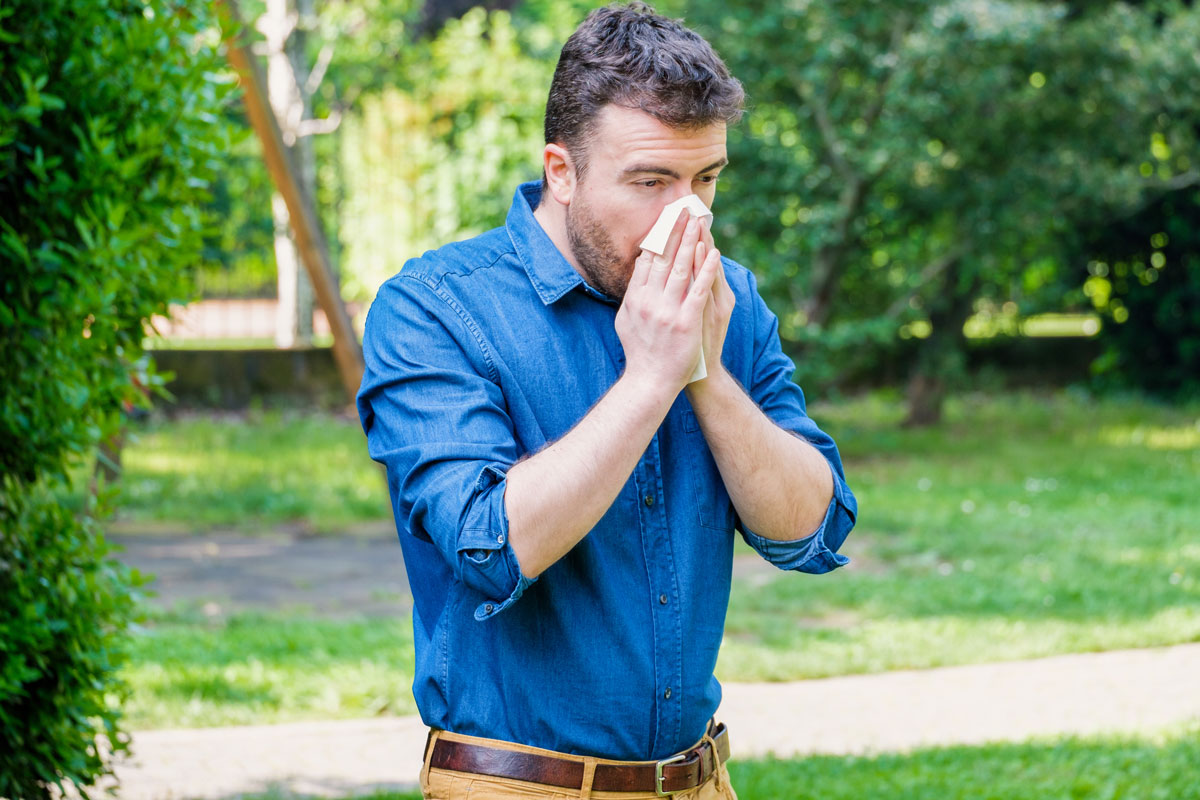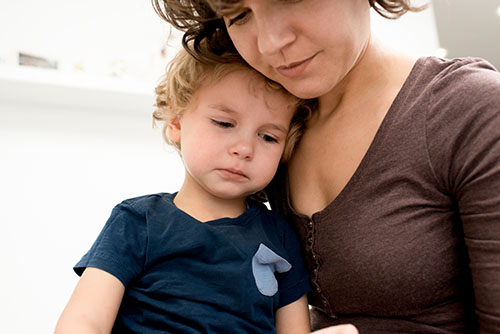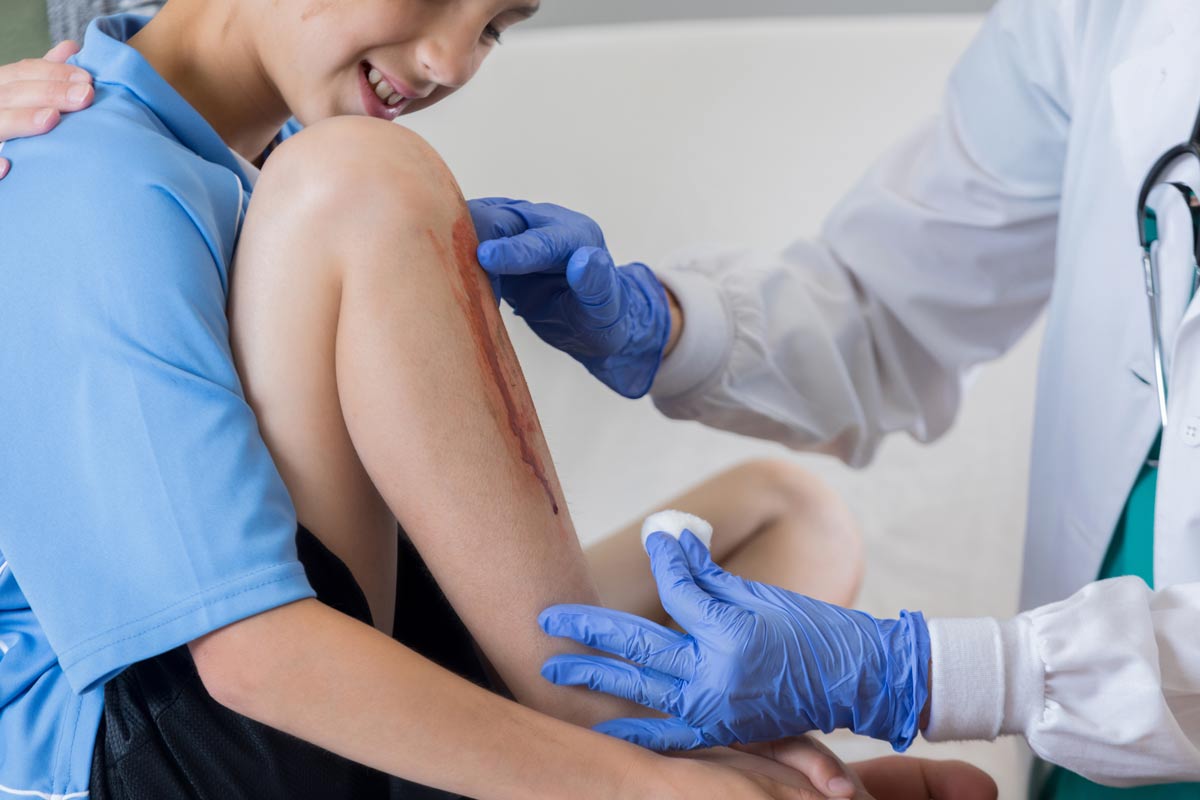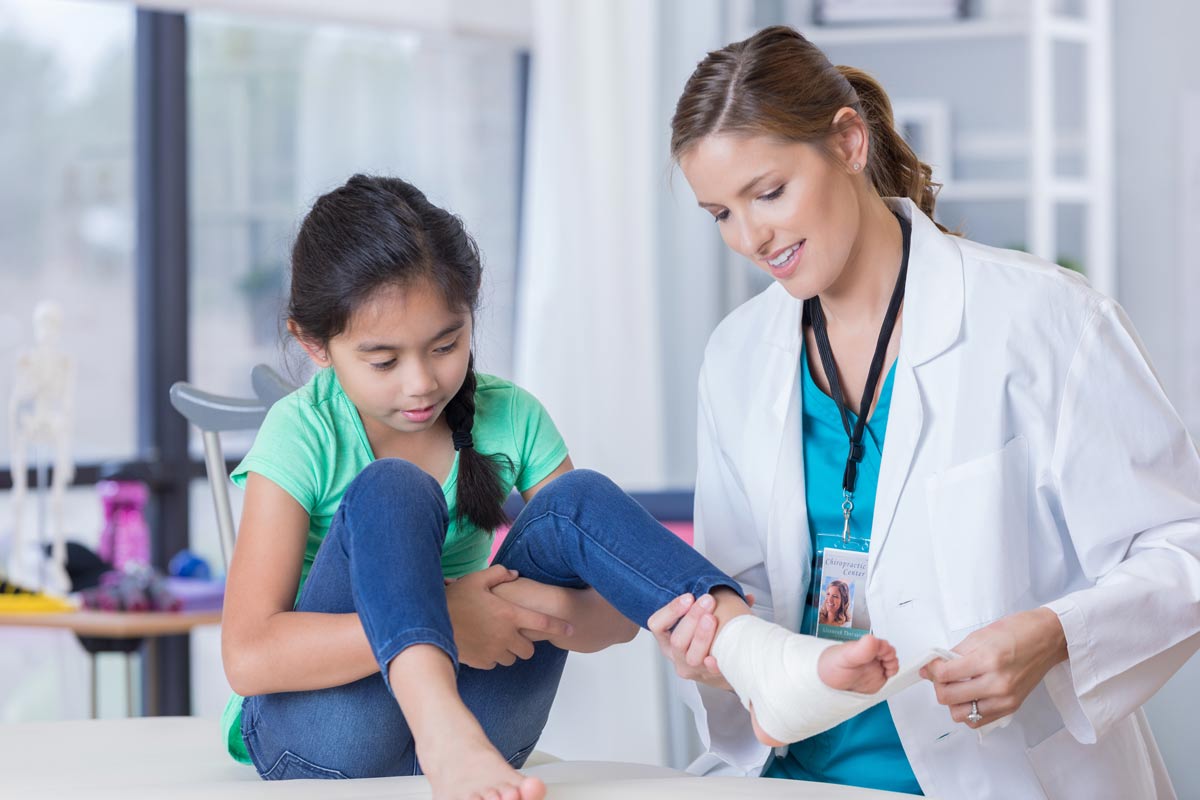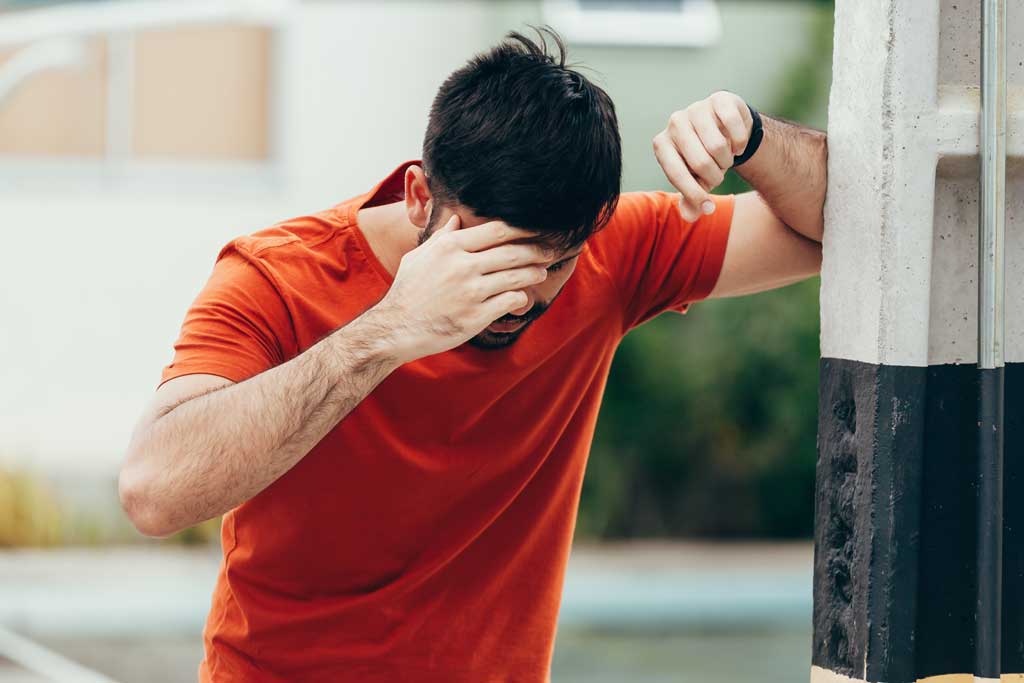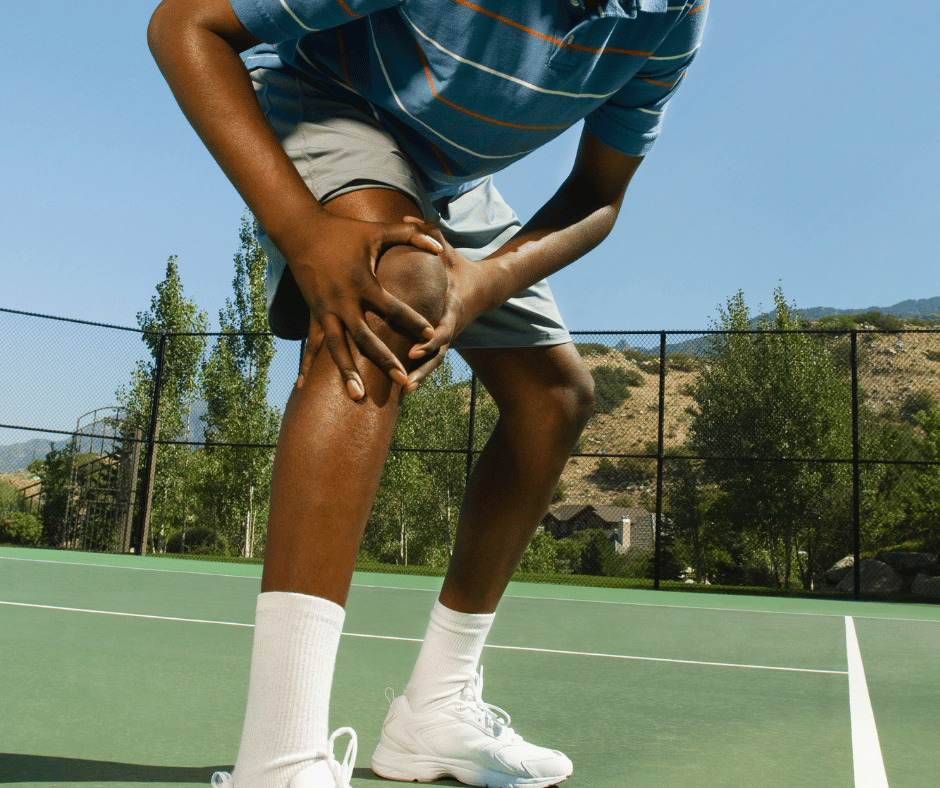Ligaments are flexible strands of tissue that surround the knee joint. Knee ligaments are essential for knee mobility and balance, so when they are stretched or torn, the resulting injury causes instability and pain.
Grade 1 knee sprains involve a ligament stretch, and they don’t take long to heal. Partially torn ligaments cause a Grade 2 knee sprain. A Grade 3 sprain means the ligament is completely torn or separated from the bone. A Grade 3 sprain is severe and may take up to six months to heal.
Sprained Knee Symptoms
Symptoms of a sprained knee vary according to the severity of the injury. But the most common symptoms include the following:
- Pain when bending the knee
- Buckling
- Bruising
- Swelling
- Pain
Causes of a Sprained Knee
Falls and collisions are common causes of a sprained knee. Over-straightening a knee can also lead to stretched or torn ligaments. Contact sports often cause knee injuries when people jump and twist their feet or land awkwardly. Anyone with an active lifestyle is at risk of spraining a knee. It can also happen during car accidents or any incident with an impact against a bent knee.
Sprained Knee Diagnosis
A doctor will examine both knees to check for visible differences. For instance, a ligament injury will cause one knee to swell and become bruised. A sprained knee diagnosis includes a health history check and a physical examination.
Doctors perform physical examinations to check for broken bones and will do X-rays or MRI scans to check for torn ligaments.

Sprained Knee Treatment
Sprained knee treatment may include the following:
- Rest: It is crucial to rest an injured knee to prevent further damage to ligaments.
- Ice: An ice pack applied to the knee will help reduce swelling and relieve pain.
- Compression: A sprained knee should be compressed with a bandage to reduce swelling and relieve pain.
- Elevation: An injured knee should be elevated above the heart to reduce pain and throbbing. Elevating the knee should be done by sitting on a comfortable chair or sofa and propping up the leg with pillows.
Grade 2 knee sprains may require crutches to ensure there is no weight on the knee. Partially torn ligaments can be damaged further if not stabilized. The best way to prevent this is to use braces or a splint. A grade 3 knee sprain will likely require surgery.
Sprained Knee Prevention
Preventing a sprained knee is often as easy as wearing the right shoes and shedding extra weight. However, it is also necessary to incorporate low-impact activities in a daily exercise routine and add weight training to strengthen the legs and knees.
Other preventative measures include wearing knee guards during recreational activities such as biking and rollerblading. It is also important not to overtrain when exercising.
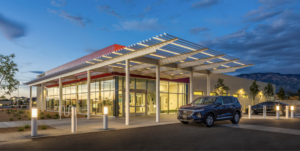
Visit PRESNow 24/7 Urgent and Emergency Care Clinics for Sprained Knee Treatment
Unlike most ERs or urgent care centers in the area, PRESNow 24/7 Urgent and Emergency Care in Albuquerque, patients are only billed for the level of services they need. The ER and urgent care are open 24 hours a day, every day. No appointment is required for in-person visits.
PRESNow 24/7 Urgent and Emergency Care has four convenient locations:
- PRESNow 24/7 Urgent and Emergency Care Paseo/San Pedro is located at 6400 Paseo Del Norte Blvd. NE, Albuquerque, NM 87113, and may be reached at 505-596-2100.
- PRESNow 24/7 Urgent and Emergency Care Coors/Western Trail is located at 4515 Coors Blvd. NW Albuquerque, NM 87120, and may be reached at 505-596-2200.
- PRESNow 24/7 Urgent and Emergency Care Isleta/Rio Bravo is located at 3436 Isleta Blvd SW, Albuquerque, NM 87105, and may be reached at 505-596-2300.
- PRESNow 24/7 Urgent and Emergency Care Menaul/Pennsylvania is located at 7400 Menaul Blvd NE, Albuquerque, NM 87110, and may be reached at 505-596-2400.


